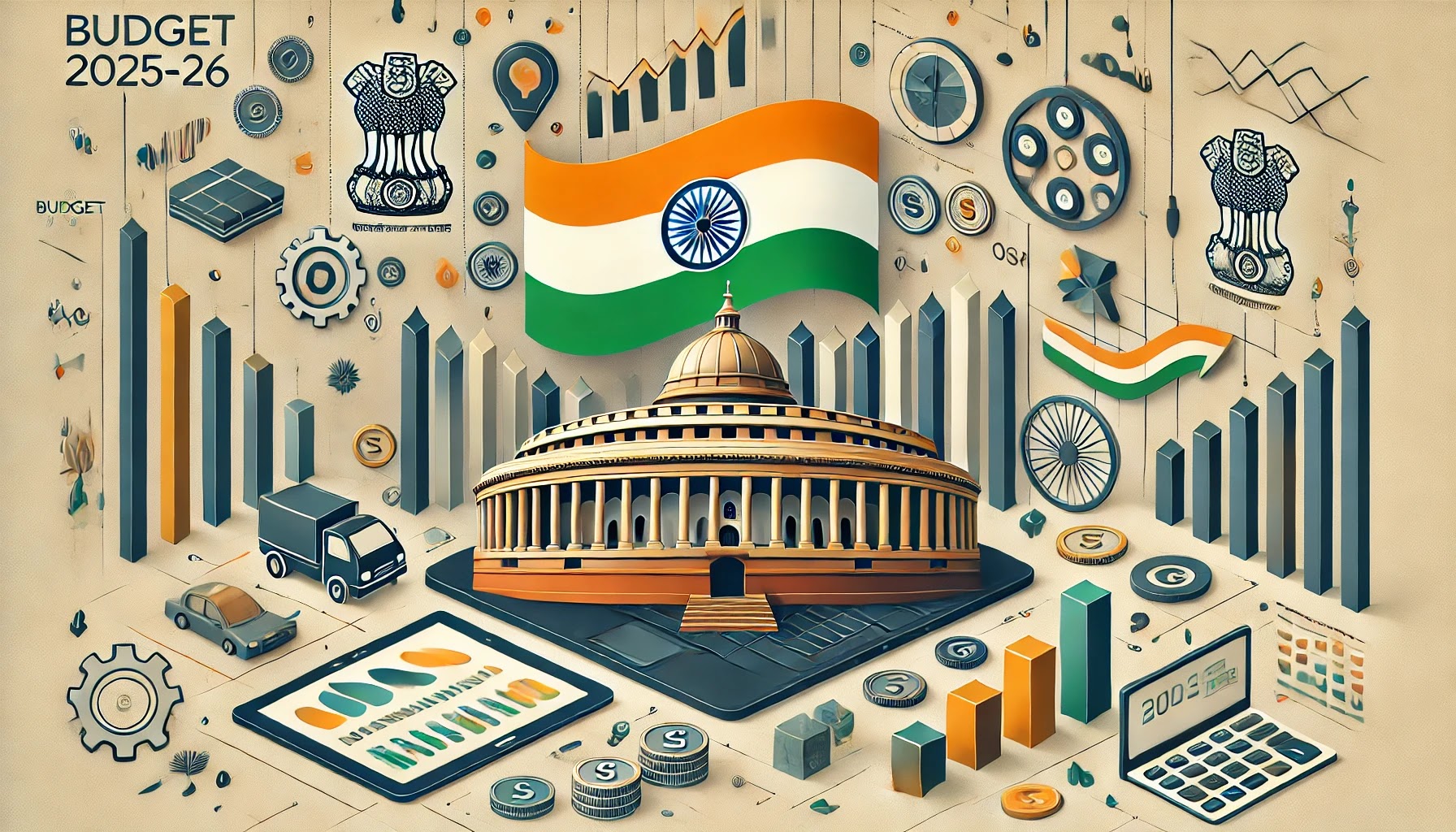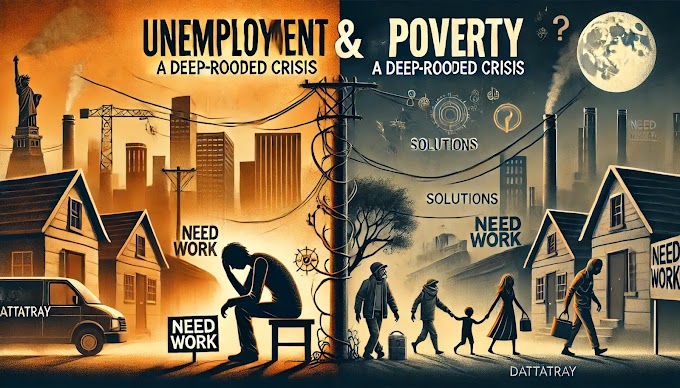The Unseen Currency: Unpacking the Concept and Implications of Opportunity Cost
Introduction:
In the intricate world of decision-making, there exists a subtle but omnipresent factor that shapes our choices—the concept of opportunity cost. This silent force influences everything from personal decisions to grand economic strategies. In this exploration, we unravel the layers of opportunity cost, understanding its essence and the profound impact it has on the way we navigate our lives.
Defining Opportunity Cost:
At its core, opportunity cost is the value of the next best alternative forgone when a decision is made. In simpler terms, it's what you give up to pursue a particular course of action. This concept transcends monetary transactions; it encompasses the broader spectrum of choices we make every day.
Key Elements of Opportunity Cost:
Scarcity:
Opportunity cost is intimately tied to the economic reality of scarcity. In a world of limited resources, every choice involves trade-offs.
Decision-Making:
Decision-making becomes a nuanced process where individuals, businesses, and governments must weigh the benefits of one option against the foregone benefits of another.
Every Decision Bears a Cost:
Personal Finances:
In personal finance, opportunity cost might manifest when choosing between spending money on a luxury item and investing it for future returns. The cost isn't just the monetary value but the potential growth that could have been achieved.
Education and Career:
The choice of pursuing a particular degree or career path involves opportunity cost. Opting for one profession means forgoing the potential benefits and experiences associated with another.
Time Allocation:
Time, a finite resource, is subject to opportunity cost. Choosing to spend an hour on entertainment rather than on skill development means sacrificing the potential benefits that could have been gained through learning.
Opportunity Cost on a Macro Scale:
Economic Policy:
Governments face opportunity costs when allocating budgets. Choosing to invest in one sector implies diverting resources from another, with consequences for the overall economic landscape.
Business Strategy:
For businesses, opportunity cost is inherent in strategic decisions. Opting to produce one product may mean sacrificing the production of another, each with its unique set of potential gains.
Evaluating Opportunity Cost:
Explicit vs. Implicit Costs:
Opportunity costs can be explicit, involving measurable monetary values, or implicit, where the costs are intangible and challenging to quantify.
Calculating Value:
Assigning a precise value to opportunity cost often involves subjective judgment. What might be valuable to one individual or entity might not hold the same weight for another.
The Ripple Effect:
Sunk Cost Fallacy:
Opportunity cost is closely related to the concept of sunk cost. Understanding that decisions should be based on future potential rather than past investments is crucial in avoiding the sunk cost fallacy.
Continuous Evaluation:
Embracing the reality of opportunity cost encourages a mindset of continuous evaluation. Regularly reassessing choices ensures adaptability in a dynamic environment.
Conclusion:
Opportunity cost, though often hidden in the shadows of decision-making, is a fundamental aspect of our daily lives. Acknowledging its influence allows for more informed choices, be it in personal endeavors or on a grander scale. As we navigate the complex tapestry of trade-offs, recognizing the intrinsic value of what is forgone is the first step toward a more deliberate and mindful approach to decision-making.
.png)







.png)

.png)
.png)
.png)
.gif)
0 Comments